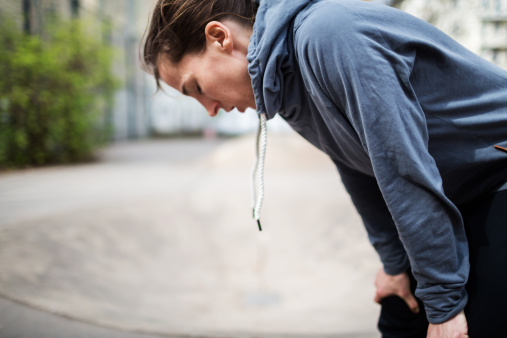Physical inactivity caused by a sedentary lifestyle, sickness, or injury is linked to a decreased ability to exercise, or detraining.
According to a recent mouse research, the Piezo1 protein, which is produced by endothelial cells that line the inner surface of blood arteries, may mediate these effects of physical inactivity on exercise capacity.
Earlier research
The endothelium Piezo1 protein may detect variations in blood flow during physical exercise, according to Trusted Source. The deactivation of Piezo1 led in a decrease in the density of capillaries in the muscle and a decrease in physical activity capacity, according to the findings.
These findings imply that Piezo1 can regulate local blood supply to muscles and consequently physical performance capability in response to levels of physical activity.
Scientists have speculated for some time now that certain molecules in the body may be able to detect physical activity levels and help the body adapt as the levels of physical activity change.
Physical activity is associated with an increase in blood flow to the muscles. Thus, molecules capable of detecting changes in blood flow to the muscles could serve as exercise sensors.
The endotheliumTrusted Source is a layer of cells that forms the innermost surface of blood vessels and can detect changes in blood flow.
Recent studies have shown that the Piezo1 protein expressed by endothelial cells can sense the increase in blood flow during physical activity. Moreover, the Piezo1 protein is also essentialTrusted Source for enhancing blood flow to the muscles during physical activity.
However, the impact of Piezo1 on physical activity levels remains unclear. Researchers undertook the present study to examine the ability of Piezo1 to modulate physical activity levels.
In the present study, the researchers used adult mice that they had genetically engineered by disrupting the expression of the Piezo1 gene in their endothelial cells. Deactivating Piezo1 in adult mice helped the researchers avoid any potentially harmful effects that disrupting this protein might have had in developing mice.
They compared the effects of Piezo1 deactivation on physical activity with a control group consisting of adult mice with intact endothelial Piezo1 expression.
The researchers found that mice in the Piezo1 deactivation group showed lower running, climbing, and walking levels at 10 weeks than the control group.





